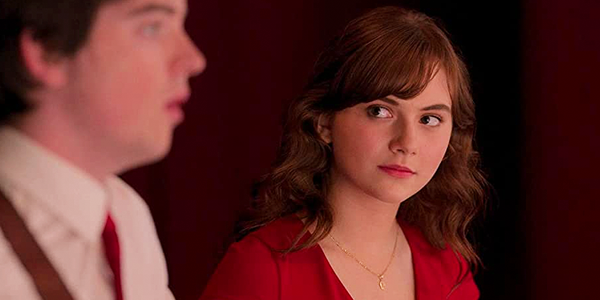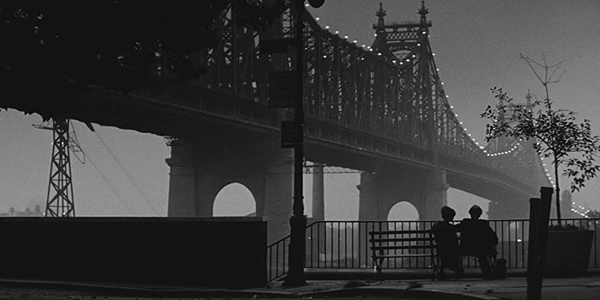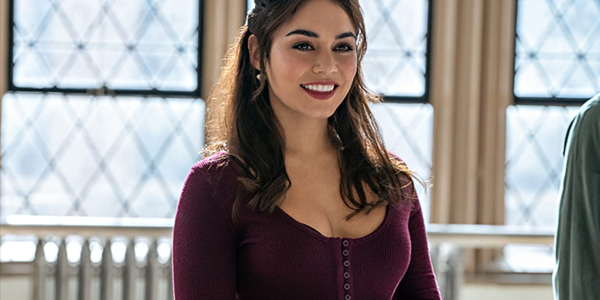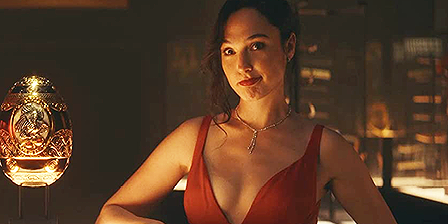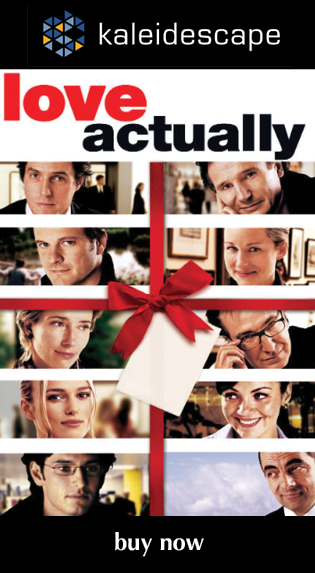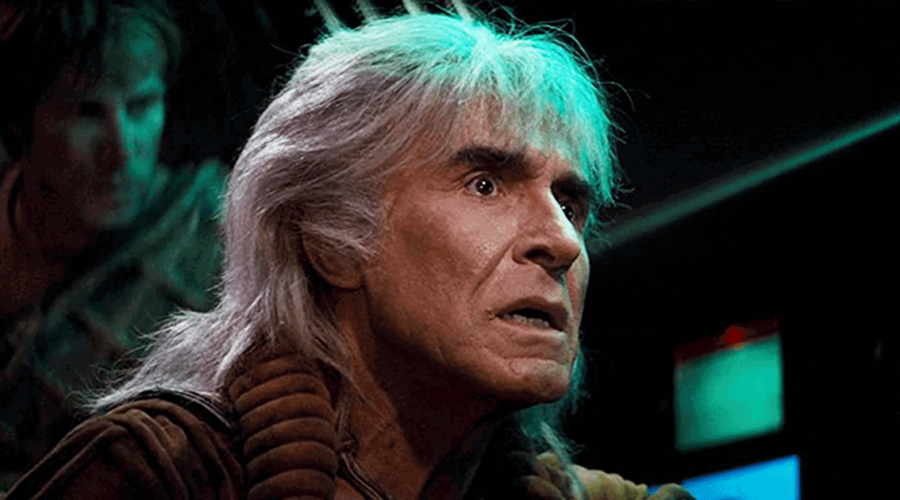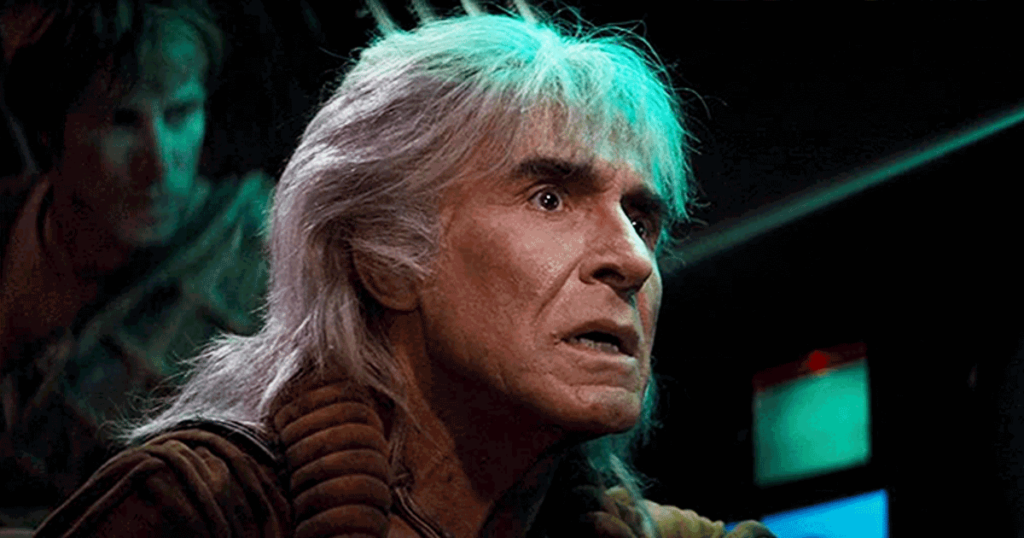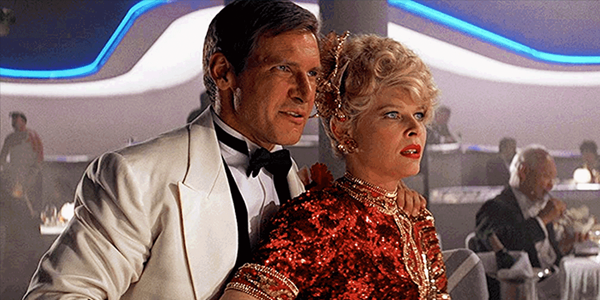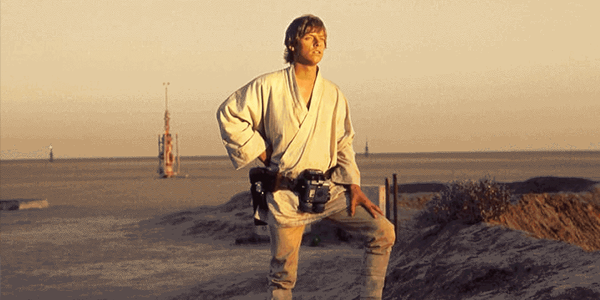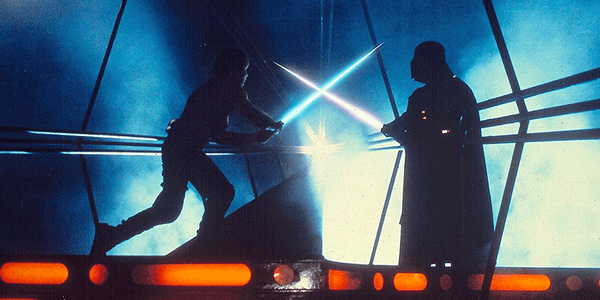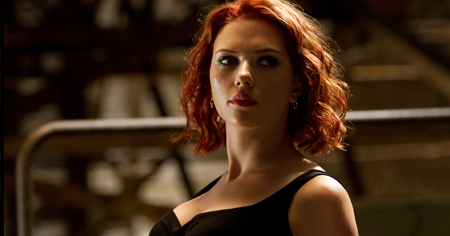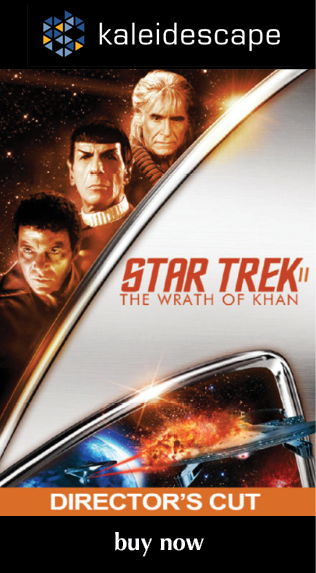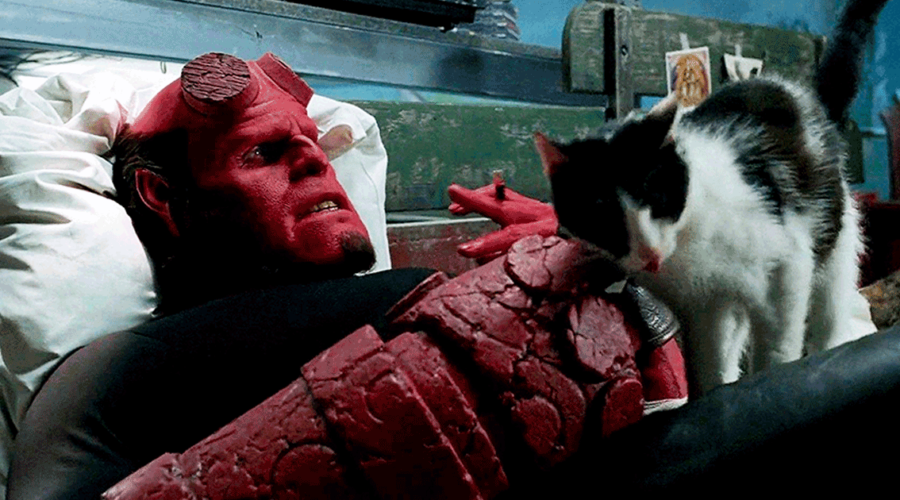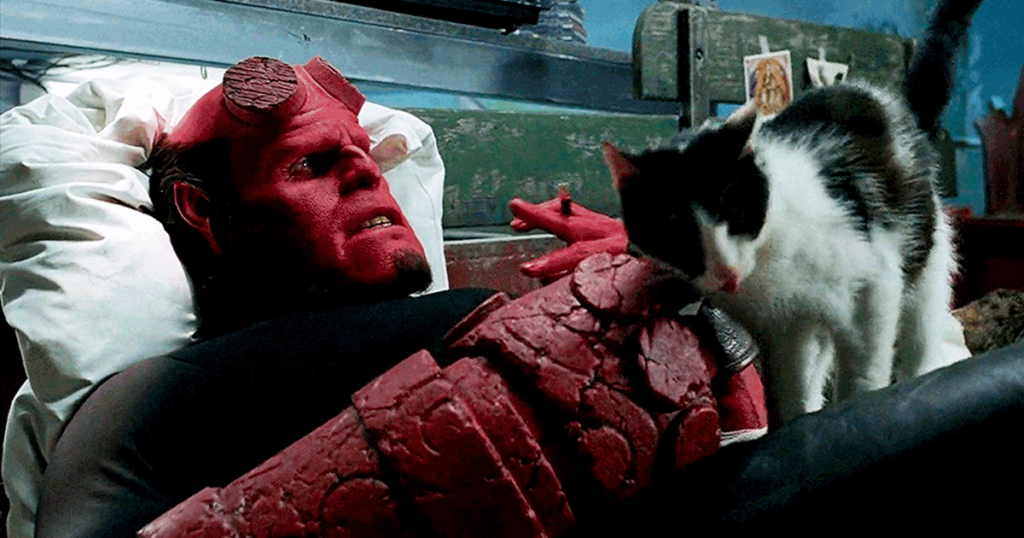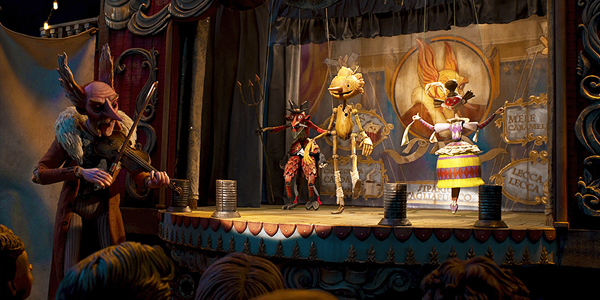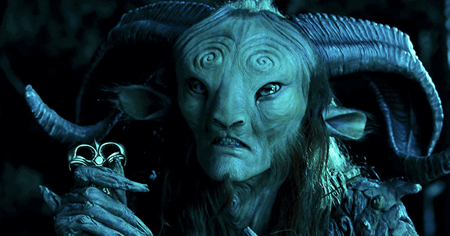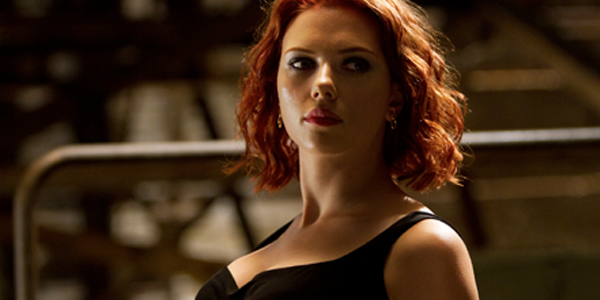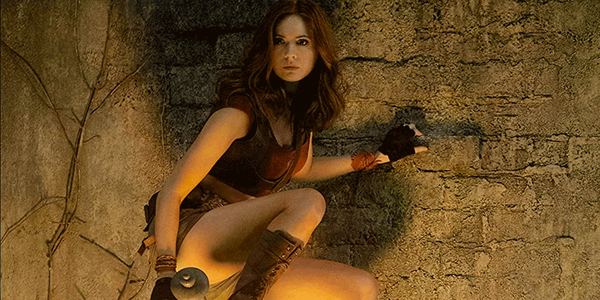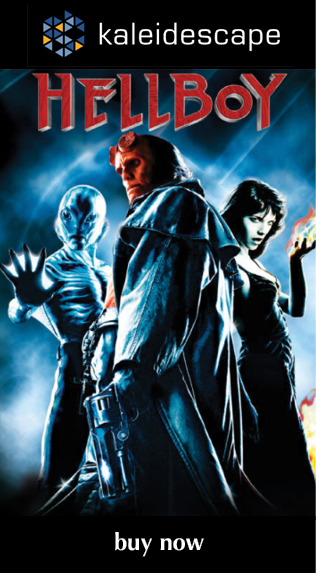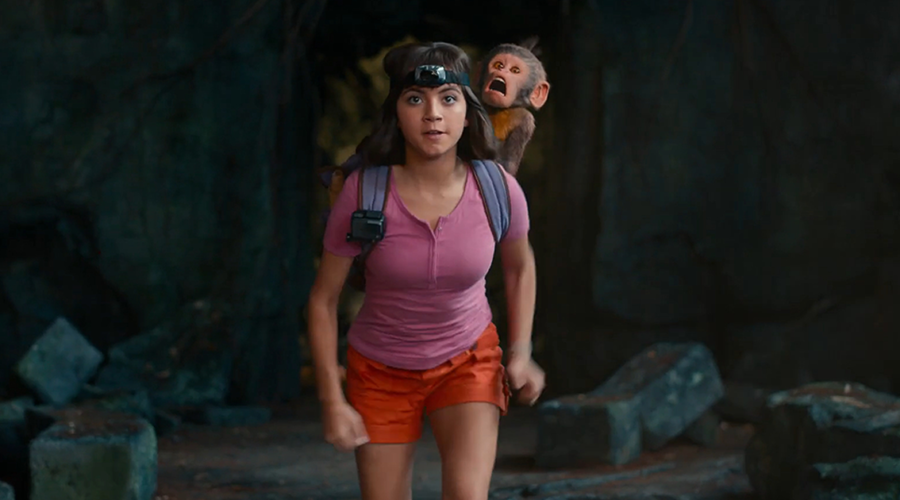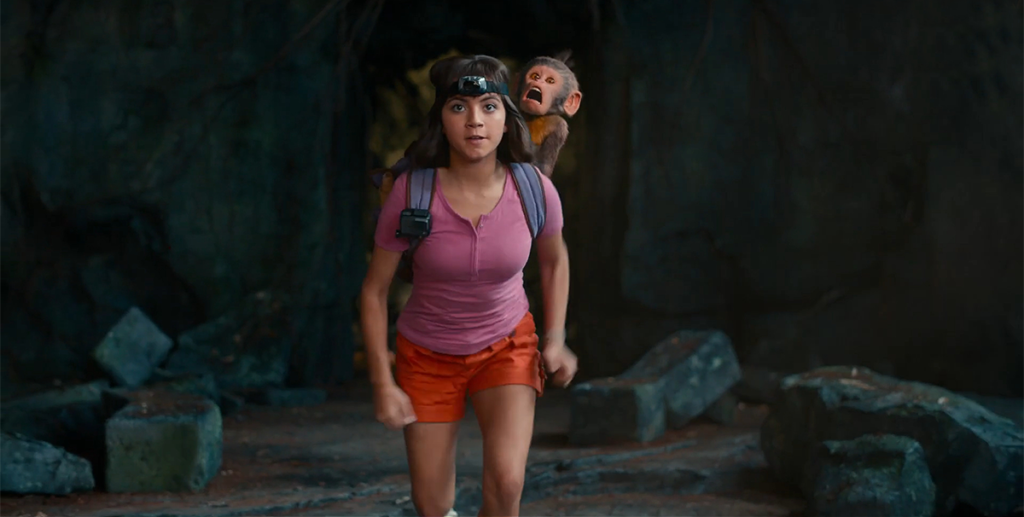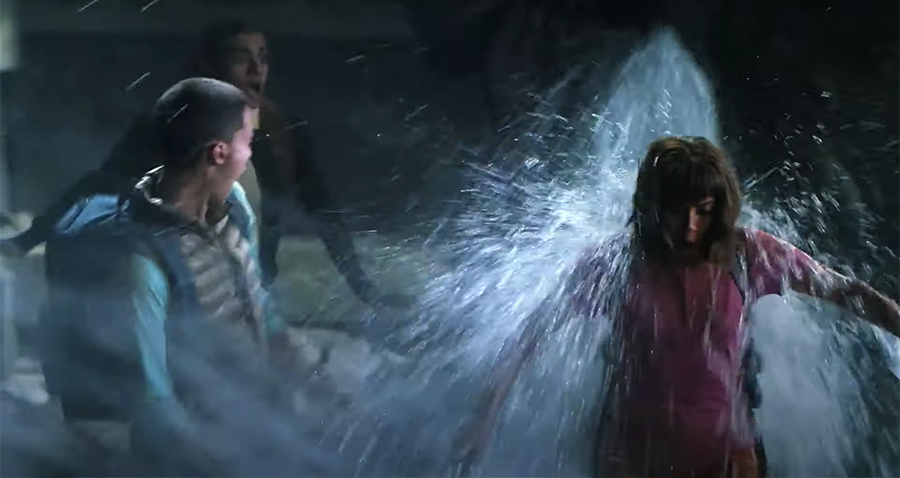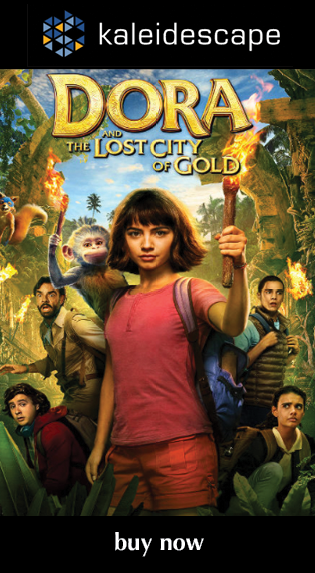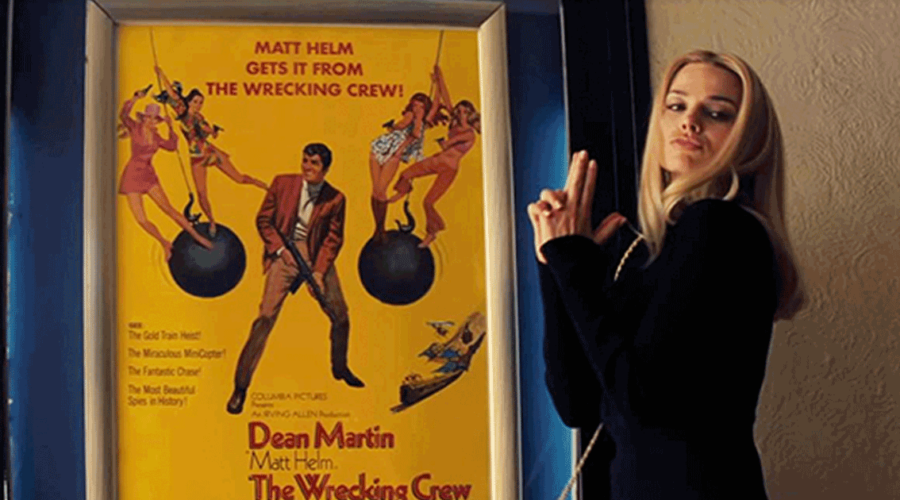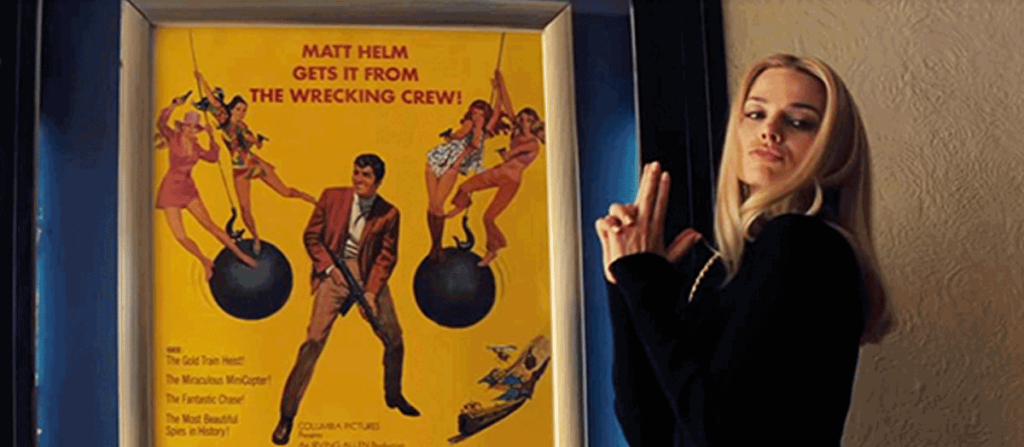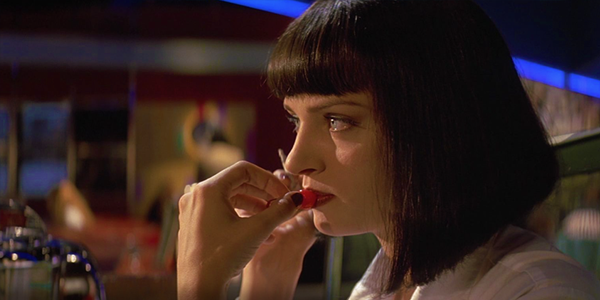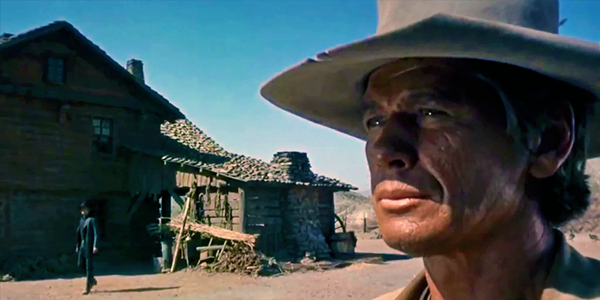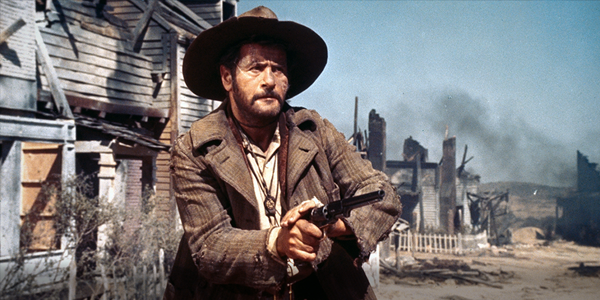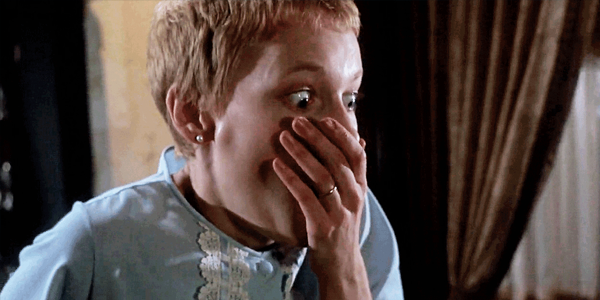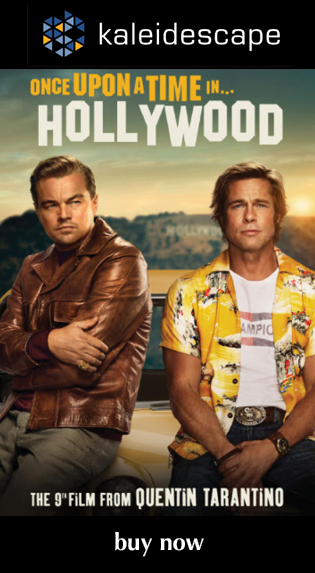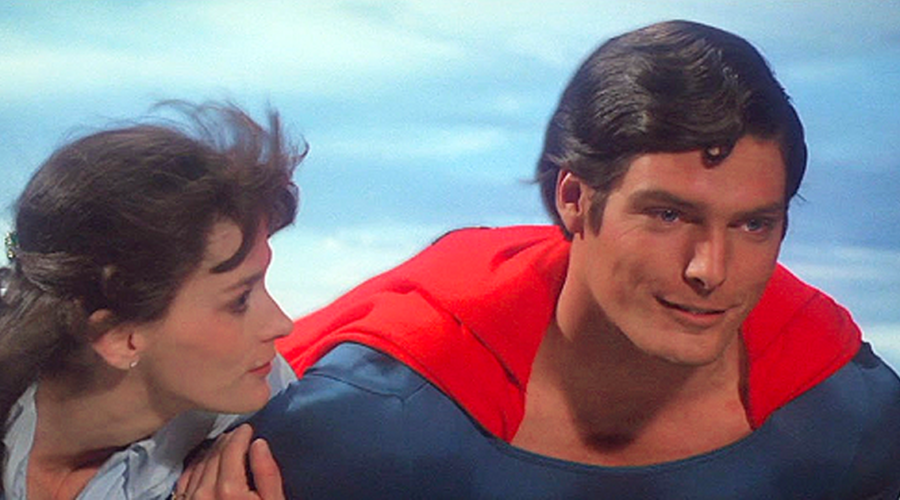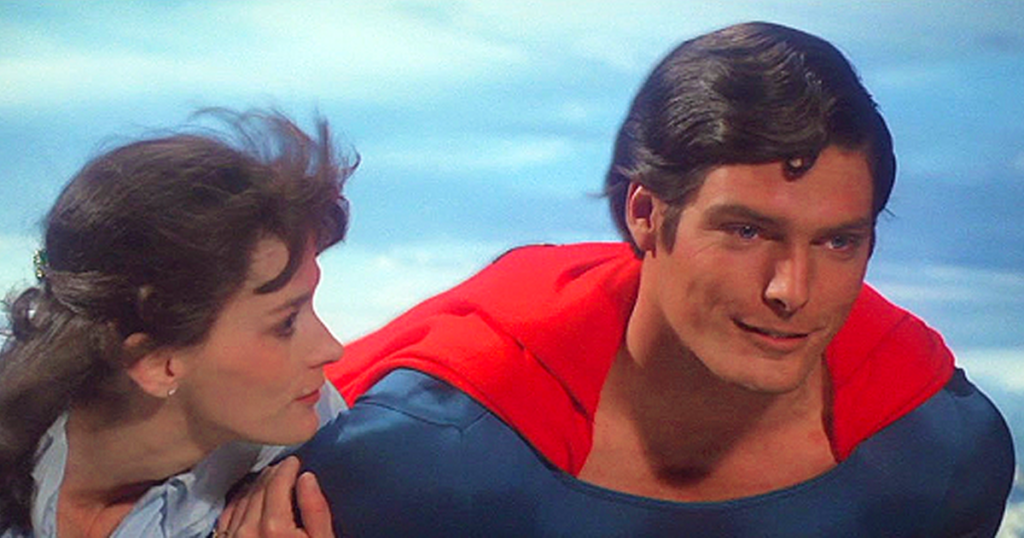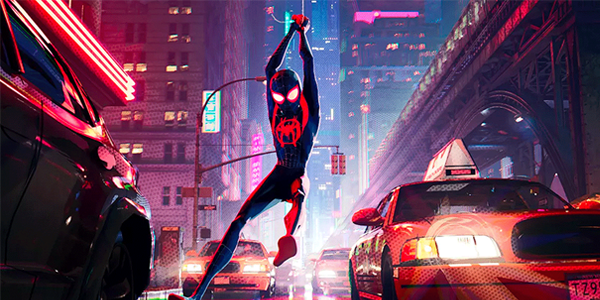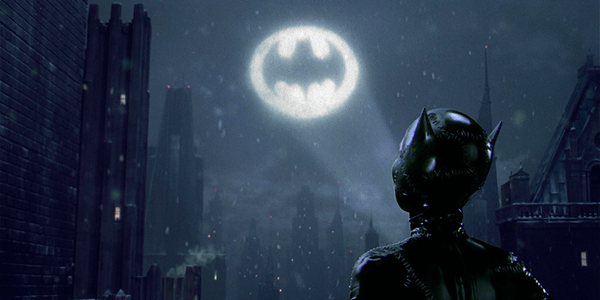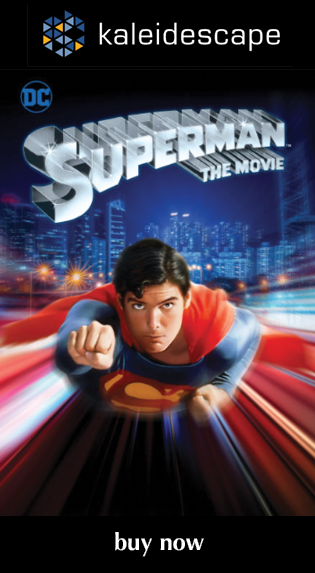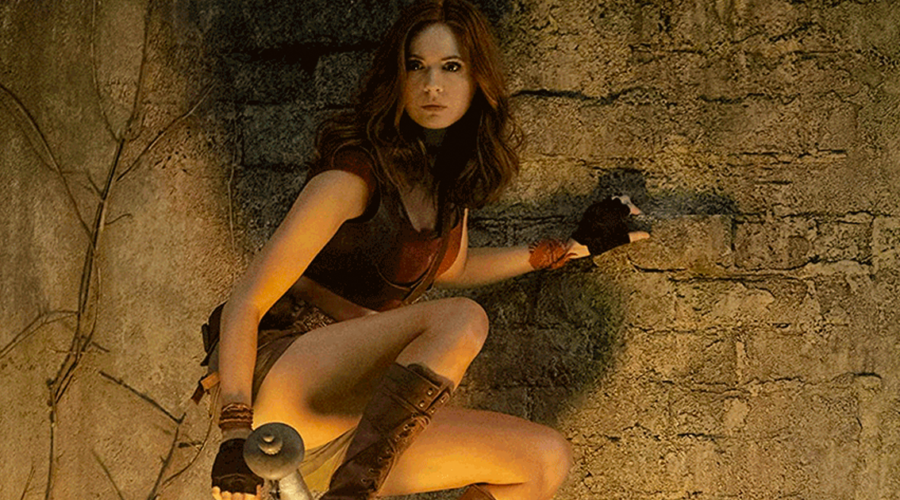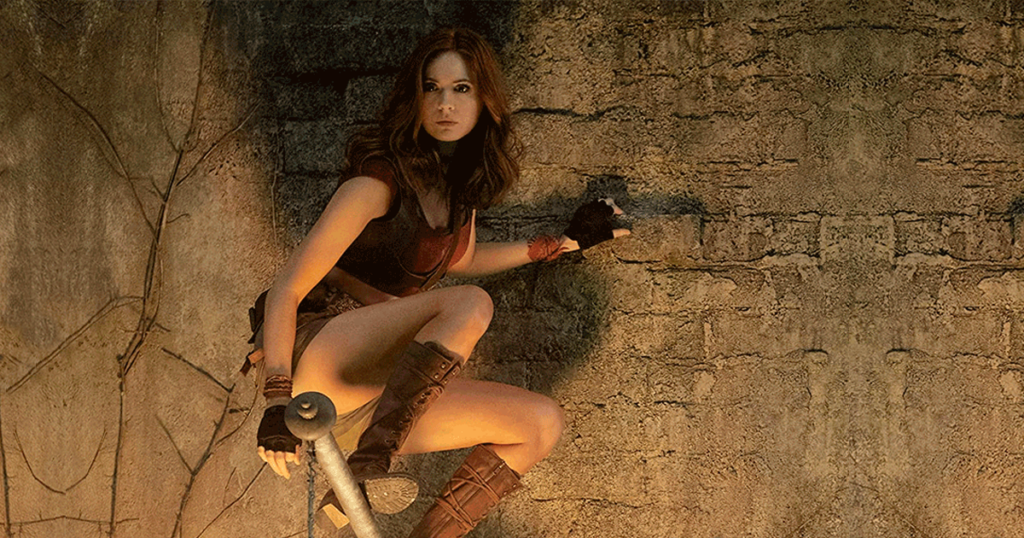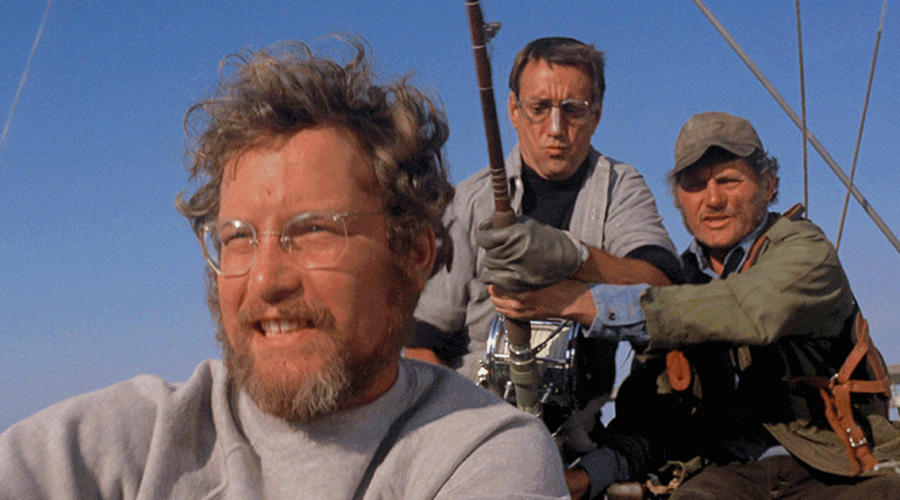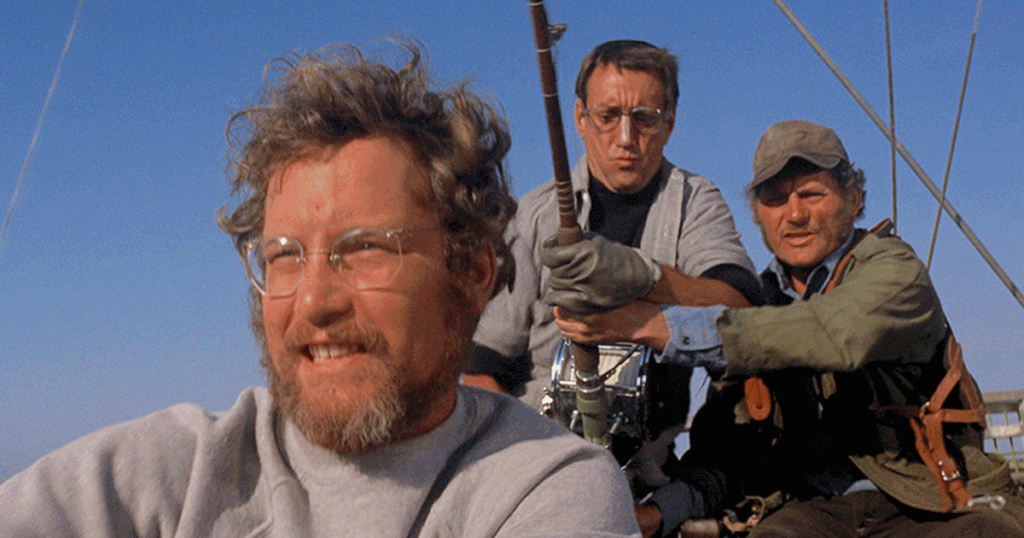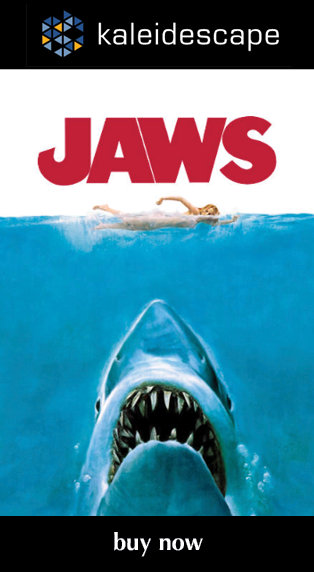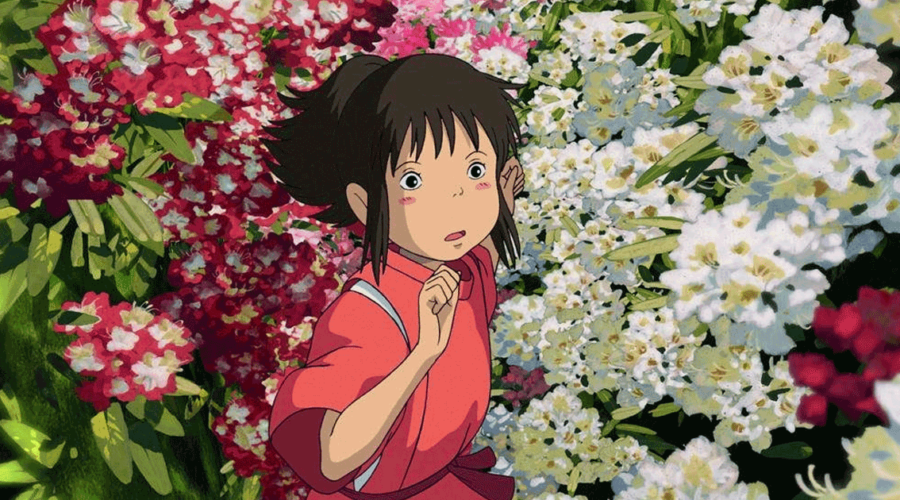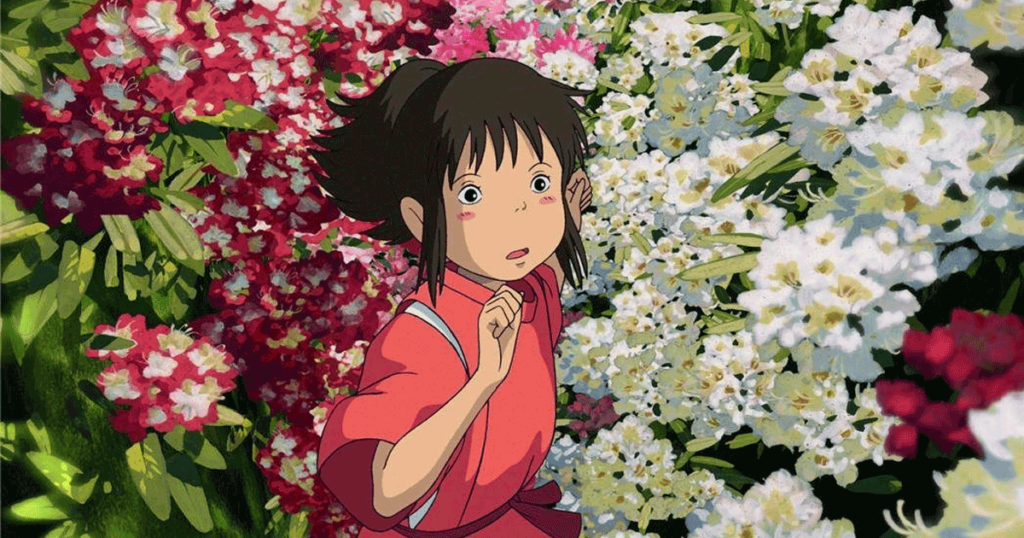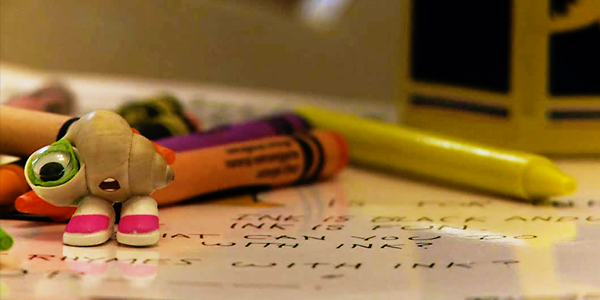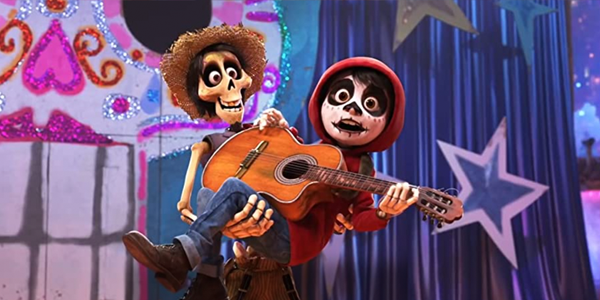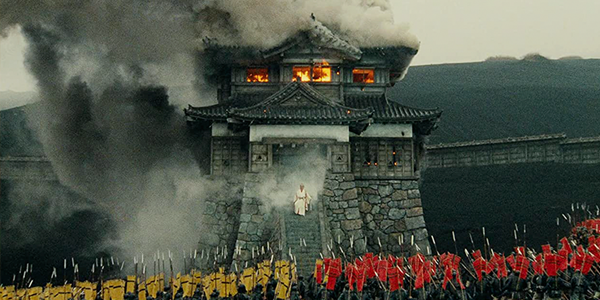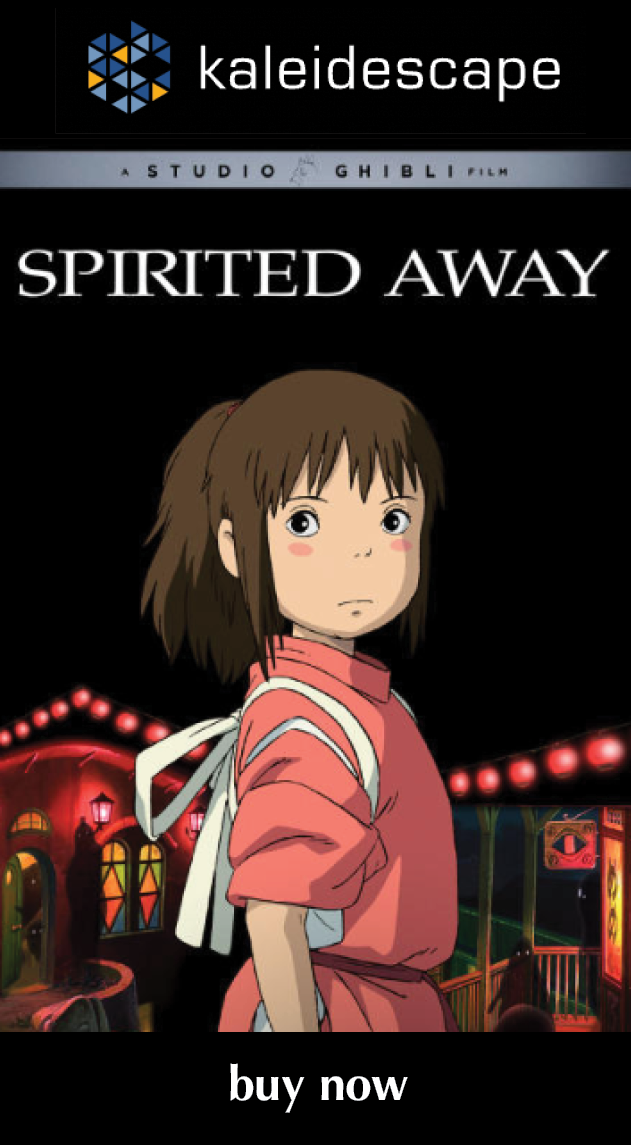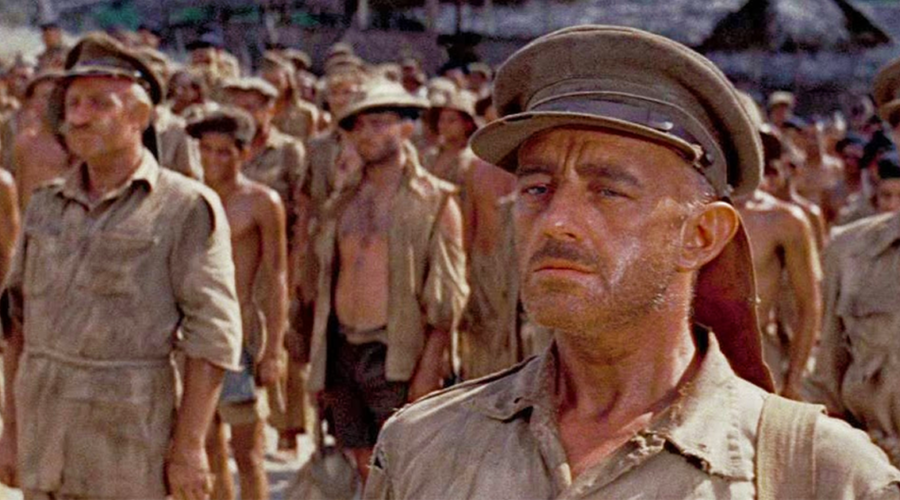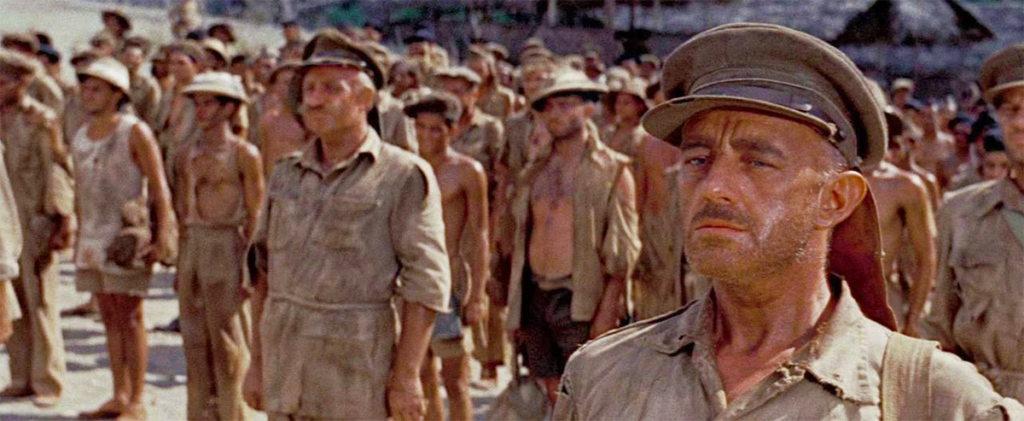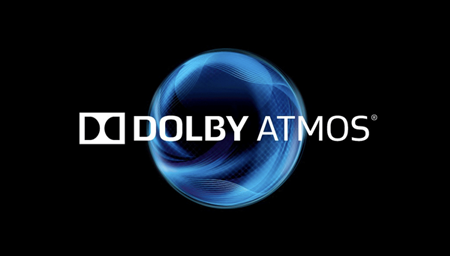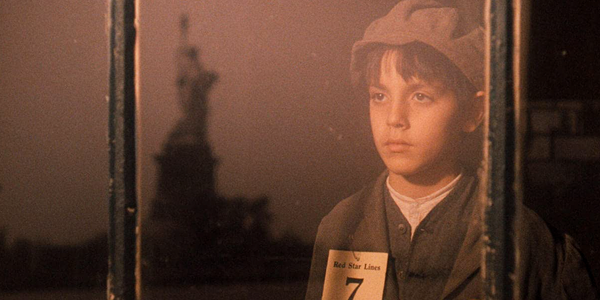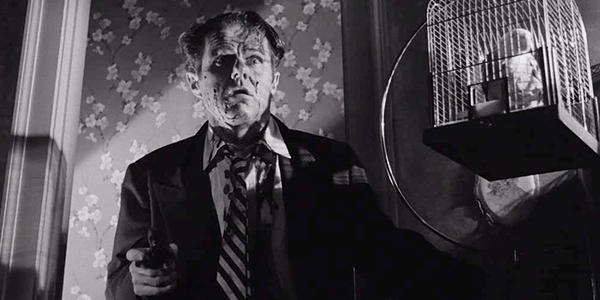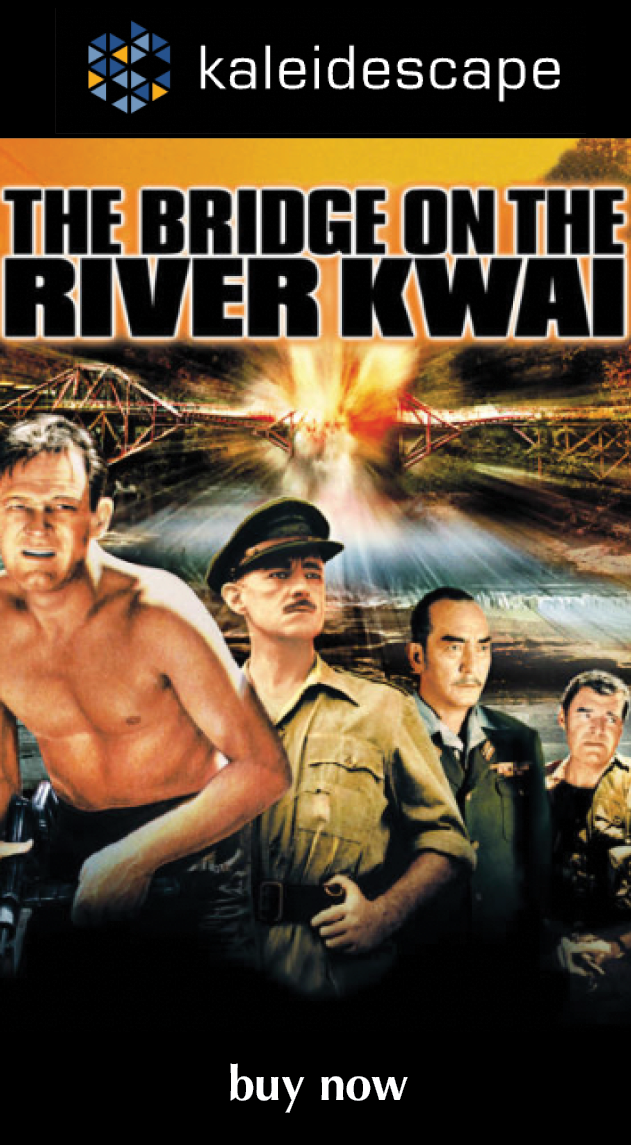Review: Love Actually

review | Love Actually
Richard Curtis’ vaguely controversial romcom-ish classic looks just fine in HD on Kaleidescape
by Dennis Burger
updated June 20, 2023
Love Actually is probably the most misunderstood of all Richard Curtis’s directorial efforts. That’s not to say it’s his best (that would be About Time by a country mile), nor is it his worst, but it seems that most people are so concerned with fitting Love Actually into their own preconceived boxes that almost no one engages with what it actually is. On the one hand, you have viewers who embrace it as the perfect romantic comedy, when in fact it’s mostly a subversion of that genre’s most saccharine trappings. On the other hand, you have the pecksniffian morality police who never resist the opportunity to tell you how much this movie fails to perfectly live up to their woke sensibilities and how you’re a bad person if you actually enjoy it because most of its characters make bad choices.
Both camps miss the point. Love Actually is hardly a rom-com. (Even the trailer gets this wrong.) It’s a comedy about love, and that’s something altogether different. It’s been accused of being a movie that has no idea what love is about, but it’s far more accurate to call it the story of people trying to figure out what love is and sometimes failing to do so.
The all-star ensemble cast is huge, and its characters run the gamut from Prime Minister of the United Kingdom to Portuguese housekeeper, but they’re all imperfectly awkward human beings doing their best to find or hold onto or comprehend love in its many forms, from childhood infatuation to forbidden obsession to meaningful intellectual connection, from platonic love to the complicated-but-undeniable bond between siblings and the developing ties between stepson and stepfather. Only a handful of the relationships in the movie have anything to do with romance. But they’re all, in their own way, about love.
It’s obvious that Curtis isn’t trying to convey any lessons here, nor is he making moral judgments (which is why I think it so offends some viewers). Love Actually is simply intended to be relatable and empathetic, both in its warmest moments and in its most fumbling, insecure, and idiotic. And it succeeds wonderfully, which makes it one of my favorite Christmas movies, whether or not it’s objectively one of the best.
And yes, it is a Christmas movie, despite arguments to the contrary. Any number of angry keyboard warriors have tried and failed to point out that the story here could have just as easily been told at or around Valentine’s Day. I think they’re confusing it with any number of half-hearted knockoffs that have followed in the 17 years since Love Actually debuted.
Of course, it’s a Christmas movie! And not merely because of the setting or the fantastic live rendition of “All I Want for Christmas Is You” at the end. It simply isn’t a traditional Christmas movie—of which Curtis is well aware, as evidenced by cheeky references to lobsters at the Nativity and so forth. Instead, it’s a story that does its best to grapple with a more modern notion of Christmas, one where the traditional extended family structure isn’t necessarily the only norm anymore.
Above all else, Love Actually is simply a sweet and sentimental, awkwardly charming good time, and one of those rare movies that’s actually best enjoyed in good company. It’s neither a masterpiece nor an affront to moral standards, but I can’t imagine letting a Christmas season pass without watching it with friends, family, or loved ones. That plants it firmly in “must own” territory.
If you don’t own it already, I would argue that Kaleidescape’s presentation is the way to go. Kaleidescape has the UK cut of the film. The only differences between the UK and US edits are in the music, but I prefer the former by a good bit. To the best of my knowledge, Universal only released the UK cut on Blu-ray in 2009, and has replaced it with the US version in subsequent rereleases, of which there have been a few.
The movie is presented in HD only, but that’s totally fine. Keen-eyed viewers will notice an overall softness to the image, but before you think this would be rectified by a 4K redux, look a little closer. Viewing the HD release at cinematic proportions, you can notice a fine grain structure that indicates plenty sufficient detail in the transfer, meaning the softness is inherent to the cinematography. There doesn’t seem to be a whole lot of additional crispness or nuance to be extracted from the negative.
Colors are bright and vibrant enough for this sort of flick, so I lean toward thinking HDR wouldn’t do it a whole heck of a lot of good, either. If you’re holding out for a 4K remaster of Love Actually, I just can’t imagine one is on the horizon. And that’s OK, since this likely isn’t a movie you dig into for the audiovisual experience. Granted, the DTS-HD Master Audio 5.1 mix does a great job of keeping dialogue clear and intelligible, and the fidelity of the soundtrack music is spot-freaking-on. In the end, that’s exactly what you would hope for.
Extras are sparse here. There’s the forgettable audio commentary track, and that’s really it. The deleted scenes from the Blu-ray are missing, but you can find those on YouTube. What really matters is that the movie itself is presented in delightfully distraction-free quality, with a full-bandwidth soundtrack and no compression issues to be seen.
If you’ve never seen Love Actually and you need a little silly and adorkable escapism this holiday season, this is well worth the price of a download. Will it change your life? No. But if you don’t find yourself guffawing through tears by the time the end credits roll, you’ve got the heart of a Grinch.
Dennis Burger is an avid Star Wars scholar, Tolkien fanatic, and Corvette enthusiast who somehow also manages to find time for technological passions including high-end audio, home automation, and video gaming. He lives in the armpit of Alabama with his wife Bethany and their four-legged child Bruno, a 75-pound American Staffordshire Terrier who thinks he’s a Pomeranian.
PICTURE | Presented in HD only, colors are bright and vibrant enough for this sort of flick and likely wouldn’t be significantly improved in a 4K HDR release
SOUND | The DTS-HD Master Audio 5.1 mix does a great job of keeping dialogue clear and intelligible, and the fidelity of the soundtrack music is spot-on
© 2025 Cineluxe LLC



